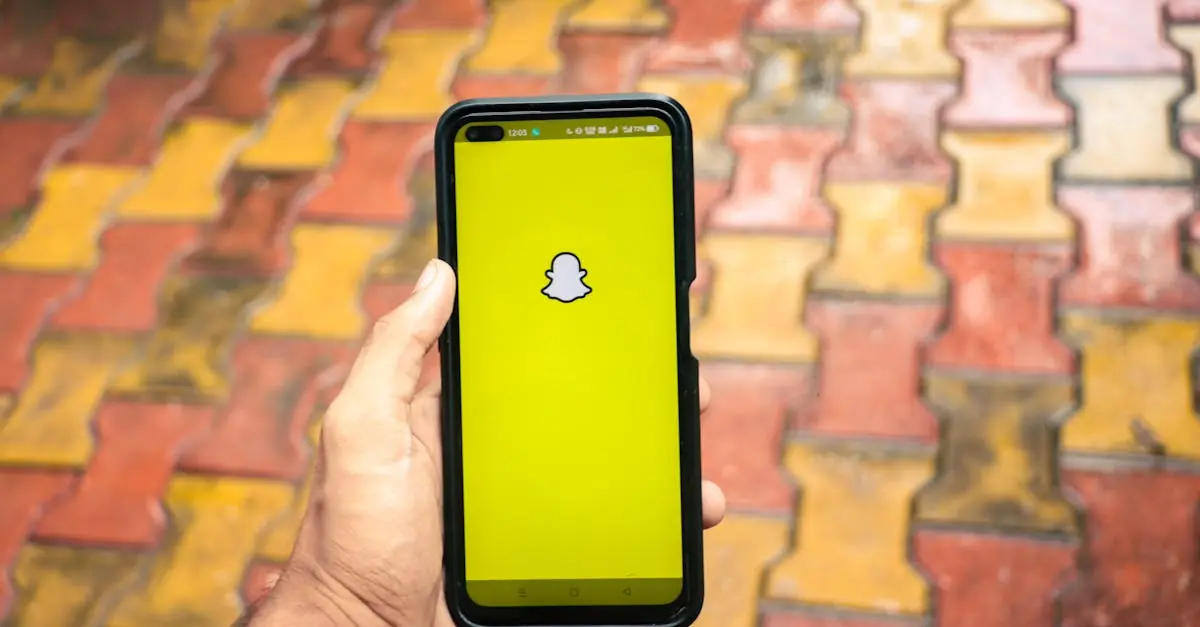In the fast-paced world of social media, “viral” isn’t just a term reserved for sneezes and flu season. It’s the golden ticket to internet fame, where a simple post can catapult into a global phenomenon faster than one can say “cat video.” Understanding the viral meaning in social media is crucial for anyone looking to make a splash in the digital ocean.
Table of Contents
ToggleUnderstanding Viral Meaning in Social Media
Viral content signifies posts that gain rapid popularity across various social media platforms. A single piece can reach millions within hours, making virality essential for digital success.
Definition of Viral Content
Viral content refers to online material shared extensively across social networks. Examples include videos, memes, articles, and images that resonate with audiences. Various characteristics define viral content, such as relatability, humor, and emotional appeal. Sharing mechanisms amplify the reach, allowing a post to spread far beyond initial viewers. Understanding these elements helps creators develop engaging material that captures attention quickly.
Factors Contributing to Virality
Several factors contribute to a post’s potential virality. Engagement plays a crucial role; content that prompts comments, shares, or likes increases visibility. Timing influences success; posts aligned with current trends or events tend to gain traction. Audience demographics matter too; knowing the target audience enhances content relevance. Unique perspectives and high-quality visuals attract more shares. Lastly, influencers can extend reach; their endorsements provide credibility and broaden audience exposure.
Types of Viral Content
Viral content comes in various forms, each attracting attention and engagement on social media. Understanding these types helps creators tailor their efforts effectively.
Memes and Trends
Memes influence online conversations, combining humor and relatability. They spread quickly as users share relatable images with clever text. Trends, such as challenges or hashtags, invite participation, encouraging users to engage creatively. Memes and trends often reflect current events, resonating with audiences seeking connection. An example includes the “Distracted Boyfriend” meme, which gained immense popularity across platforms, highlighting its relatability. Staying current with trending topics ensures the content aligns with audience interests, enhancing the chance of going viral.
Videos and Challenges
Video content reigns supreme in viral marketing. Short, engaging clips capture attention, often integrating humor or dramatic elements. Challenges, popularized by influencers, motivate users to replicate actions, fostering engagement. These videos frequently invite viewers to share their versions, enhancing reach. The Ice Bucket Challenge significantly impacted social media by blending a noble cause with fun participation. Creators should focus on quality and storytelling to maximize viewer retention. When videos resonate emotionally, they encourage sharing, amplifying visibility across platforms.
Impact of Viral Meaning in Social Media
Viral content significantly shapes social media dynamics. The impact resonates across platforms, influencing how users interact with posts and brands.
Engagement and Reach
Engagement represents user interaction with viral content, creating discussions through likes, shares, and comments. Posts that evoke strong emotions capture attention swiftly, resulting in exponential reach. Trends can spread quickly; for instance, studies show that one viral tweet can reach over 10 million users in just 24 hours. Content that encourages sharing facilitates organic growth, where users become excited to disseminate their favorite memes or videos among their networks. The blend of relatability and humor tends to perform better, making these posts more shareable and enhancing visibility across demographics.
Influence on Brand Marketing
Viral trends offer brands unique marketing opportunities. Companies harness the power of viral content to boost their visibility, leading to rapid brand recognition. Engaging with trending topics creates a straightforward connection with potential customers. For example, when brands participate in viral challenges, they show their relevance in pop culture, increasing their credibility. Data suggests that 70% of consumers engage with brands if they present relatable or humorous content that resonates with current trends. Ultimately, brands that invest in understanding viral dynamics can build stronger relationships with audiences, driving sales and fostering brand loyalty.
Challenges of Going Viral
Going viral presents several challenges that can impact content creators and brands alike.
Misinterpretation and Backlash
Misinterpretation of viral content can lead to significant backlash. A post intended to be humorous might offend certain groups, resulting in negative publicity. Users may not perceive the message as intended, causing misunderstandings to spiral. Resulting criticism can tarnish reputations built over years. Brands must navigate this carefully to avoid alienating audiences. Instances like Pepsi’s “Live for Now” advertisement exemplify how quickly missteps can occur, drawing widespread disapproval. Anticipating audience reactions becomes crucial for creators. Awareness of cultural sensitivities is necessary to mitigate risks associated with unintended interpretations.
The Short-Lived Nature of Virality
The short-lived nature of virality poses challenges in maintaining engagement. Trends often fluctuate rapidly, leaving creators scrambling to capitalize on fleeting moments. Audience attention can shift within days, leading to diminished returns on content that initially went viral. A prime example is the Ice Bucket Challenge, which saw a surge in participation but quickly faded from the forefront of social media. Continuing to create relevant content is essential once the initial excitement declines. Creators must consistently innovate to retain audience interest or risk being forgotten. Adapting strategies based on emerging trends keeps brands and individuals relevant on fast-paced platforms.
Understanding the viral phenomenon in social media is essential for anyone looking to make an impact online. The ability for content to spread rapidly relies on a combination of relatability, humor, and emotional resonance. Creators must navigate the complexities of audience engagement while staying attuned to emerging trends and potential pitfalls.
By mastering the elements that contribute to virality, brands and individuals can enhance their visibility and foster deeper connections with their audiences. Staying innovative and adaptable in a fast-evolving digital landscape is key to maintaining relevance and achieving lasting success.



